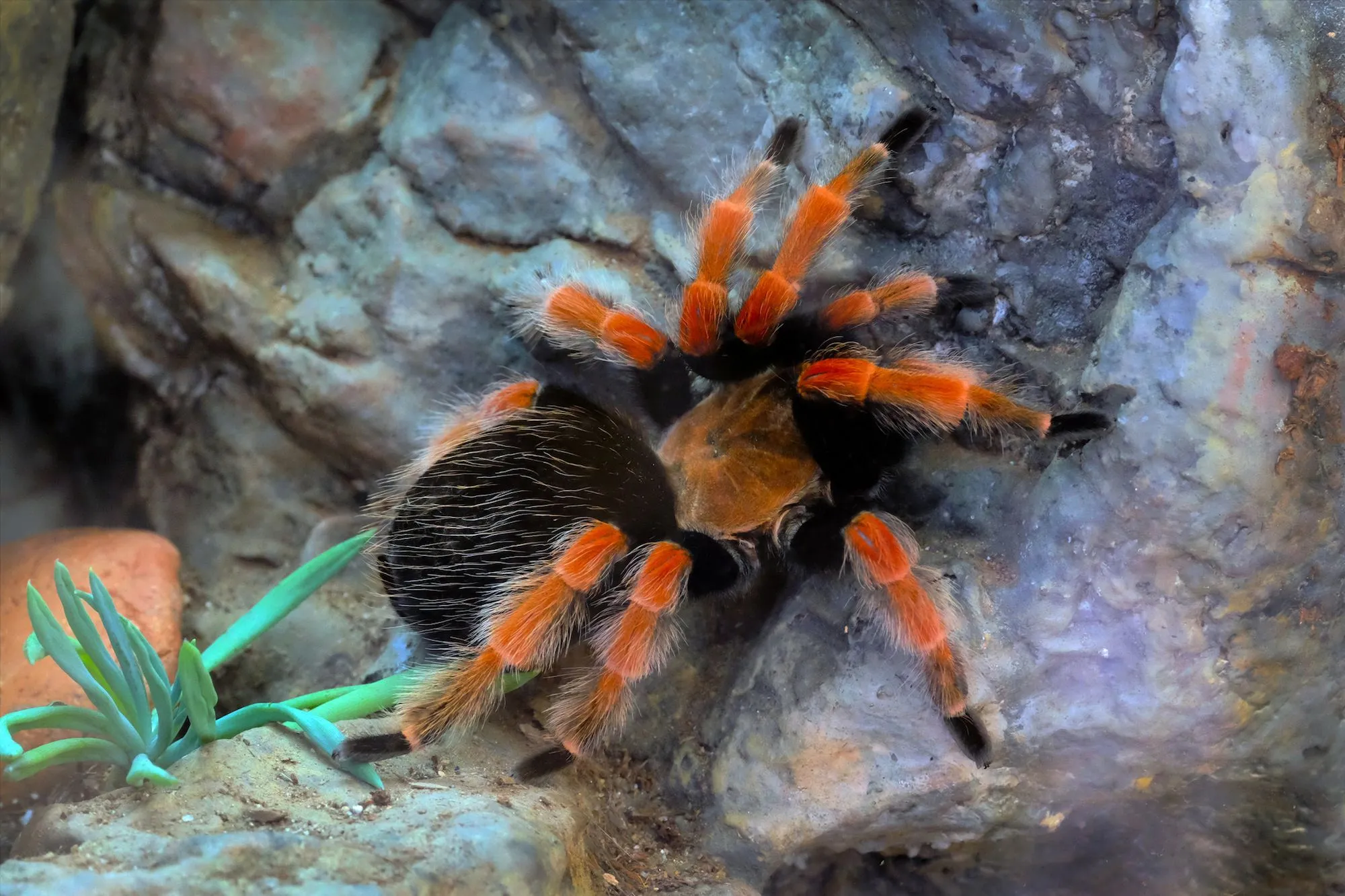The Mexican Red Knee Tarantula (Brachypelma hamorii) is a captivating creature, popular among arachnid enthusiasts. Before bringing one home, understanding the associated costs is crucial. This guide explores the top 5 facts influencing the price of a Mexican Red Knee Tarantula, helping potential owners make informed decisions and budget effectively. Knowing the cost helps you prepare and ensure you can provide the best possible care for your new pet. It covers everything from initial purchase to ongoing expenses, so you’re fully prepared for tarantula ownership.
What Impacts Mexican Red Knee Tarantula Cost
Several factors determine the cost of a Mexican Red Knee Tarantula, including its size, age, and origin. The tarantula’s morphology, meaning its specific characteristics, also plays a role. Understanding these elements allows you to estimate the overall expenditure. When considering a Mexican Red Knee Tarantula, it’s not just about the initial price tag, you should also consider long-term commitment to provide the best care for your new pet. The upfront cost can vary greatly based on these factors, as does the cost of ongoing care.
Size and Age Influence
Younger tarantulas, often referred to as spiderlings, are generally less expensive than older, more mature specimens. This is primarily because spiderlings require less food and smaller enclosures, resulting in lower initial setup costs. However, the advantage of buying an older tarantula includes knowing its gender (which can be difficult to determine in younger specimens) and having a better idea of its temperament. Spiderlings range in size, but you will need to consider their growth rate, since they will keep growing. Adult tarantulas are more expensive but offer the benefit of immediate display and established behavior.
Morphs and Color Variations
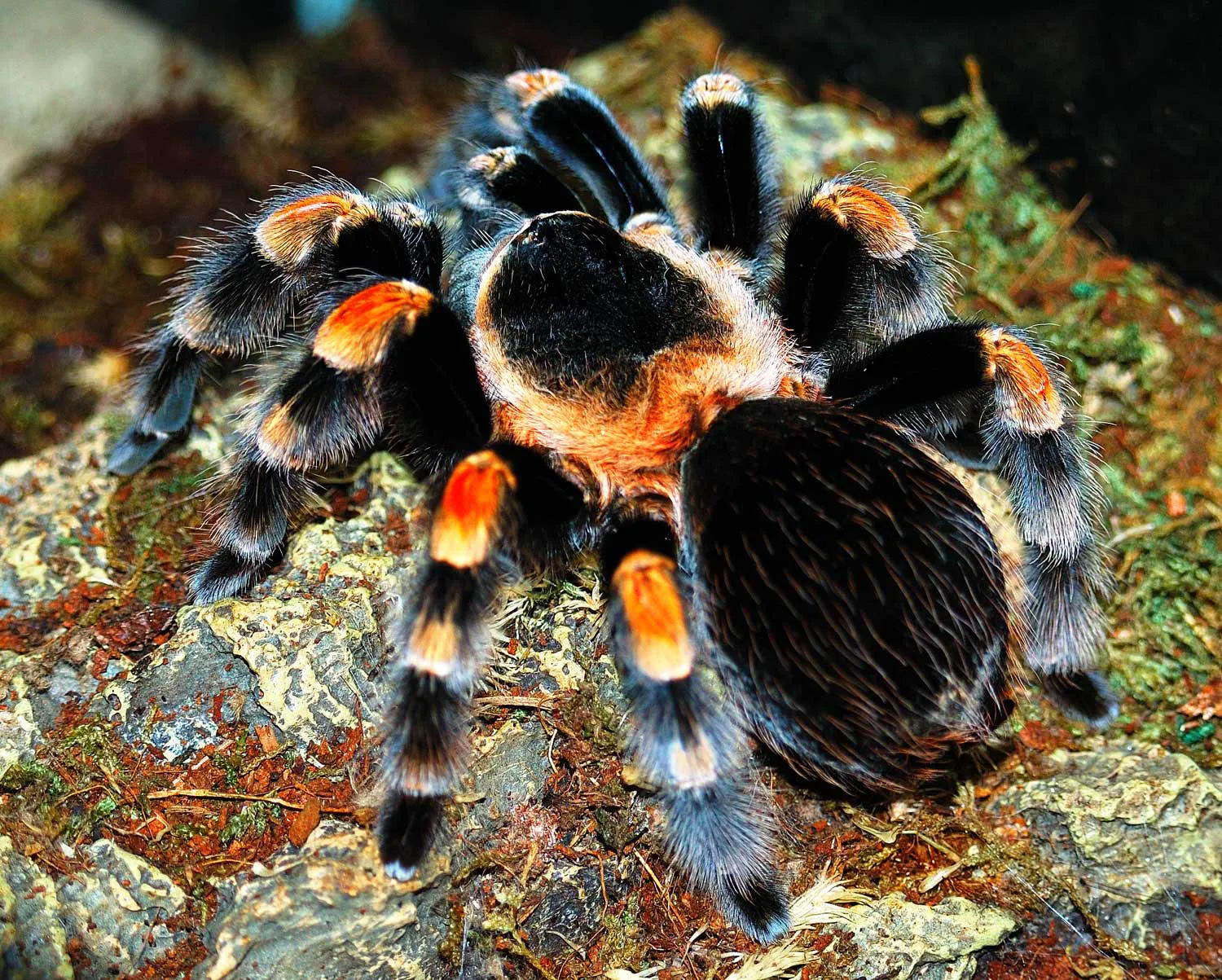
While the Mexican Red Knee Tarantula has a distinct coloration, some variations or morphs might exist and could affect the price. These variations are often due to selective breeding or natural genetic differences. If a morph is particularly rare or exhibits unique color patterns, it can command a higher price. The standard coloration is usually the most affordable option. If you see a significant color difference from the normal, it could be the result of a hybrid or a special morph, thus increasing the price.
Origin and Breeder Reputation
The tarantula’s origin and the breeder’s reputation significantly influence its cost. Tarantulas from reputable breeders who prioritize the health and well-being of their animals typically cost more. These breeders often provide health guarantees, detailed care instructions, and are knowledgeable about their specimens. Purchasing from a reputable source minimizes the risk of acquiring a tarantula with health issues or unknown genetics. The quality of care the tarantula receives directly impacts its price.
Purchasing from a Reputable Breeder
Reputable breeders invest time and resources in the health and genetics of their tarantulas. They often adhere to ethical breeding practices, ensuring the animals are well-cared for. This commitment results in healthier, more vibrant tarantulas. While their price may be higher initially, the long-term benefits, such as a healthier tarantula, outweigh the added expense. Avoid buying from untrusted breeders, especially if they do not offer documentation. Buying from less-than-reputable breeders may lead to problems later.
Direct vs Indirect Purchase Impact
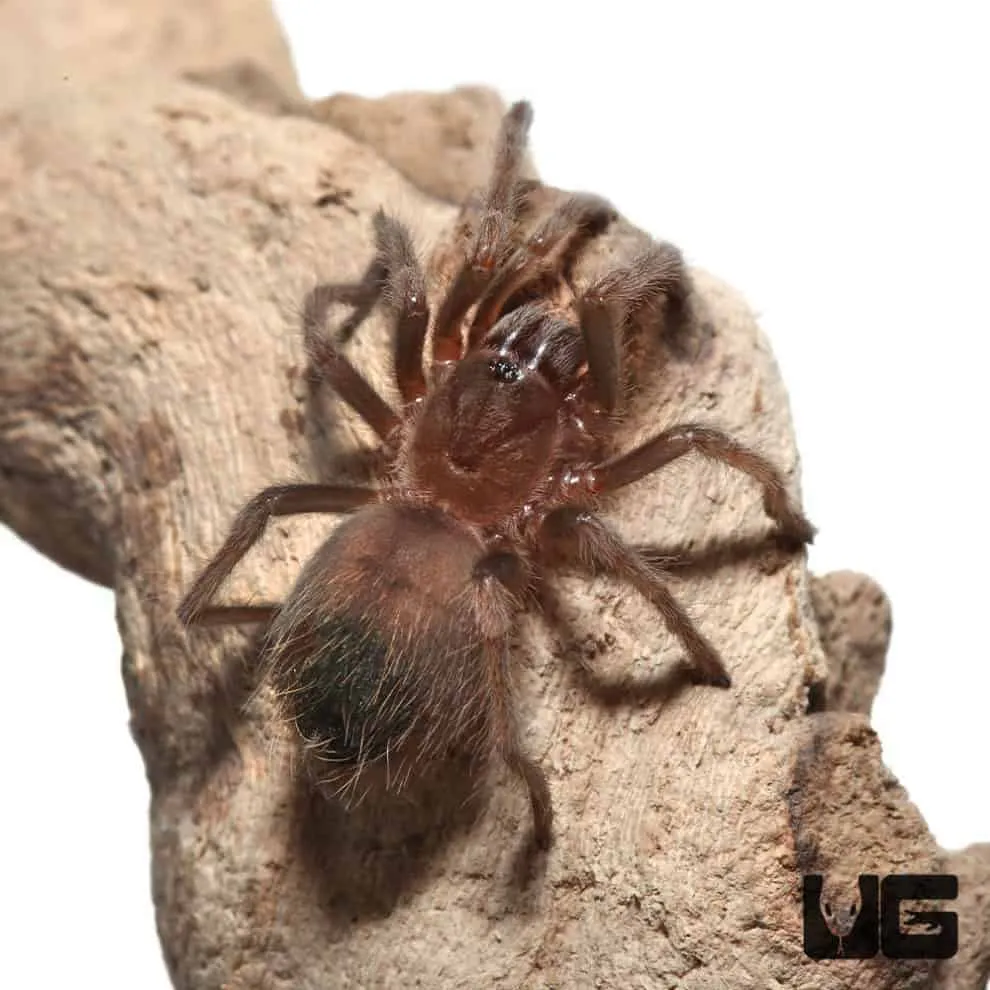
Buying directly from a breeder often eliminates the markup associated with pet stores or online retailers. While this approach may require more research to locate a reputable breeder, the cost savings can be significant. Indirect purchases may offer convenience but often come with higher prices due to the overhead costs of the retailer. The more hands involved in the sales chain, the higher the final cost. Always consider your options.
Supplies and Setup Costs
Beyond the tarantula itself, the initial setup costs are substantial. These include the enclosure, substrate, decor, and necessary equipment to create a suitable habitat. The cost of these items can vary significantly based on the size and quality of the materials. Budgeting for these supplies is an essential part of tarantula ownership. Neglecting these expenses compromises the well-being of your tarantula. Setup costs are an initial investment.
Enclosure Requirements
The enclosure must be secure, escape-proof, and provide adequate ventilation. The size should correspond to the tarantula’s size, with larger enclosures needed as the tarantula grows. The material of the enclosure, whether glass, acrylic, or plastic, also influences the cost. Look for enclosures that are easy to clean and provide good visibility. Always ensure the enclosure is appropriately sized to prevent stress on your tarantula. The right enclosure will provide a safe haven.
Substrate and Decor
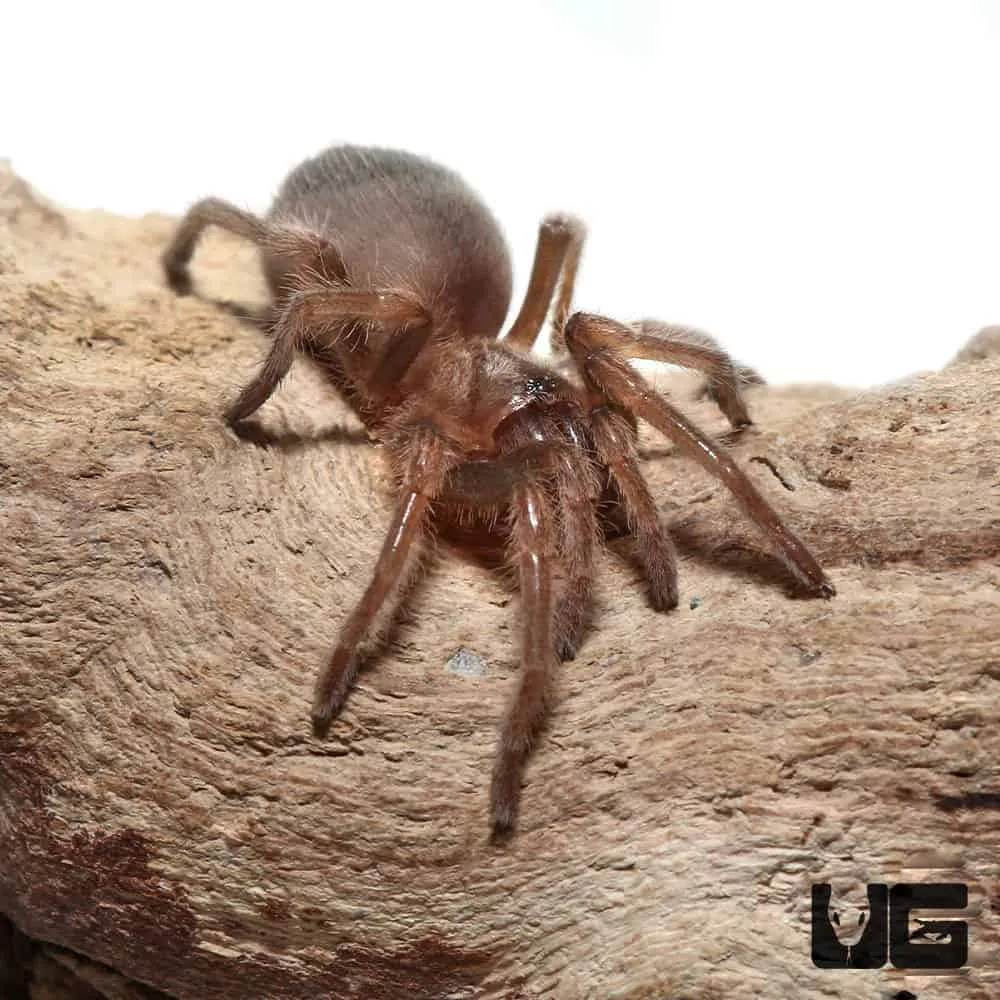
The substrate, which covers the enclosure’s bottom, provides a comfortable environment and helps regulate humidity. Common substrate choices include coco fiber, peat moss, or a mix. The decor, such as hides, branches, and artificial plants, enhances the tarantula’s environment and provides enrichment. These items’ cost varies based on the materials used and the complexity of the setup. The right substrate also allows burrowing. A proper setup imitates the tarantula’s natural habitat.
Feeding and Maintenance
Feeding and maintenance are ongoing costs that require attention. These expenses include food, substrate replacement, and any necessary equipment. Understanding and budgeting for these items guarantees the long-term health and happiness of your tarantula. Regular maintenance is essential to maintain a healthy environment. Consistent care will help you enjoy your pet for years to come.
Live Food Costs
Mexican Red Knee Tarantulas primarily consume live insects. Crickets, mealworms, and roaches are common choices. The cost of food varies depending on the source and quantity purchased. Regular feeding is essential for the tarantula’s growth and health. The cost will depend on the size of your tarantula. Always ensure the insects are gut-loaded with nutritious food before feeding them to your tarantula to enhance its nutritional intake.
Veterinary Care
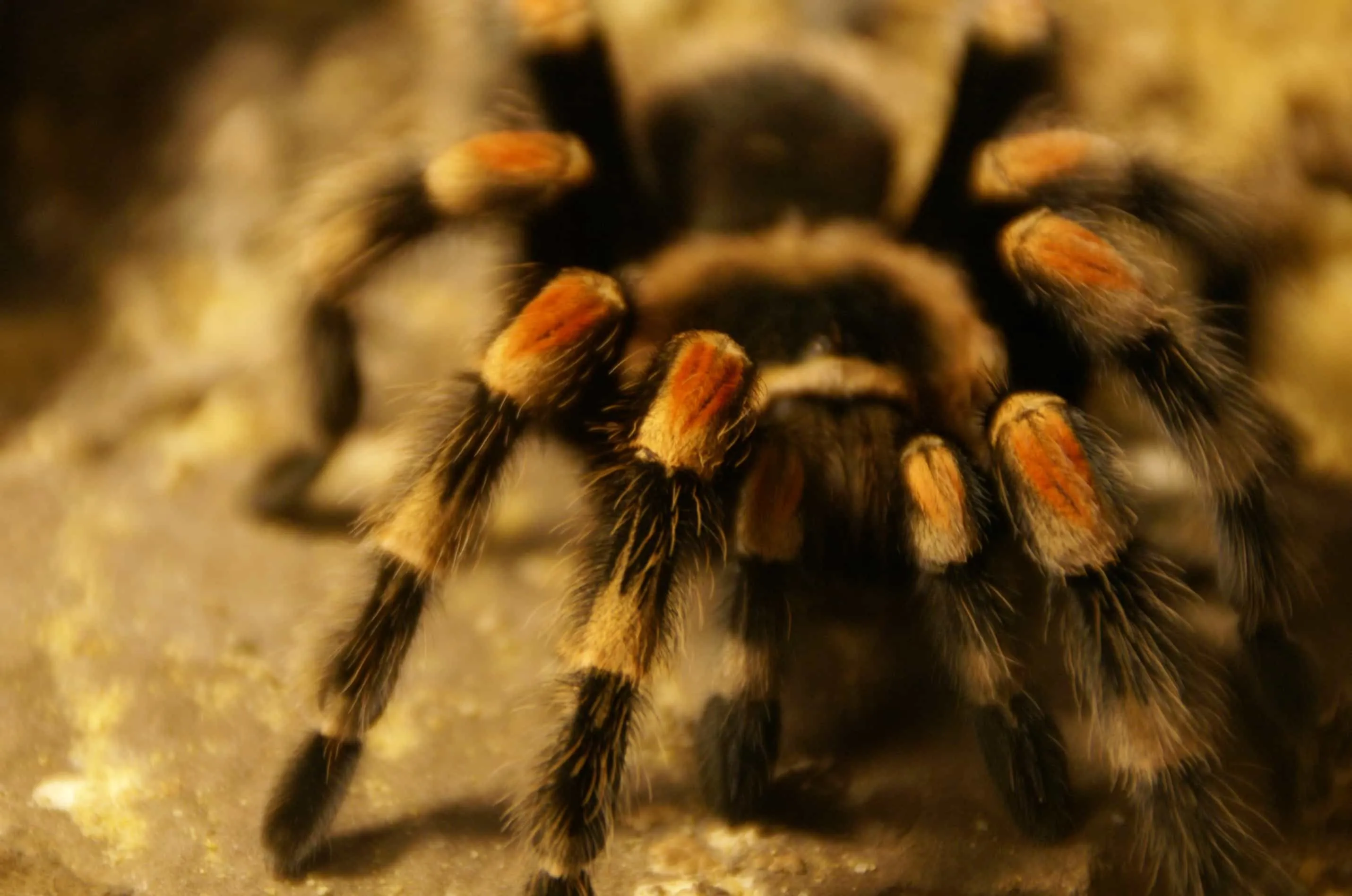
While tarantulas are relatively low-maintenance pets, veterinary care may become necessary. Finding a veterinarian experienced in treating exotic animals is vital. The cost of veterinary services, including checkups and potential treatments, should be considered. Though not required frequently, preparing for these costs is a responsible part of ownership. Preventative care, such as ensuring proper environmental conditions, minimizes the likelihood of health issues.
Long-Term Costs and Considerations
Owning a Mexican Red Knee Tarantula involves several long-term costs and considerations. These include the lifespan of the tarantula, potential health issues, and the costs associated with providing a suitable environment. Being aware of these aspects ensures responsible pet ownership. This includes preparing for the future.
Lifespan and Growth
Mexican Red Knee Tarantulas have a relatively long lifespan. Females can live for over 20 years, while males typically live for around 5-10 years. The cost of owning a tarantula reflects the long-term commitment to provide care. The cost will likely increase over time as the tarantula grows, requiring larger enclosures and more food. Prepare for the extended care and associated expenses.
Potential Health Issues
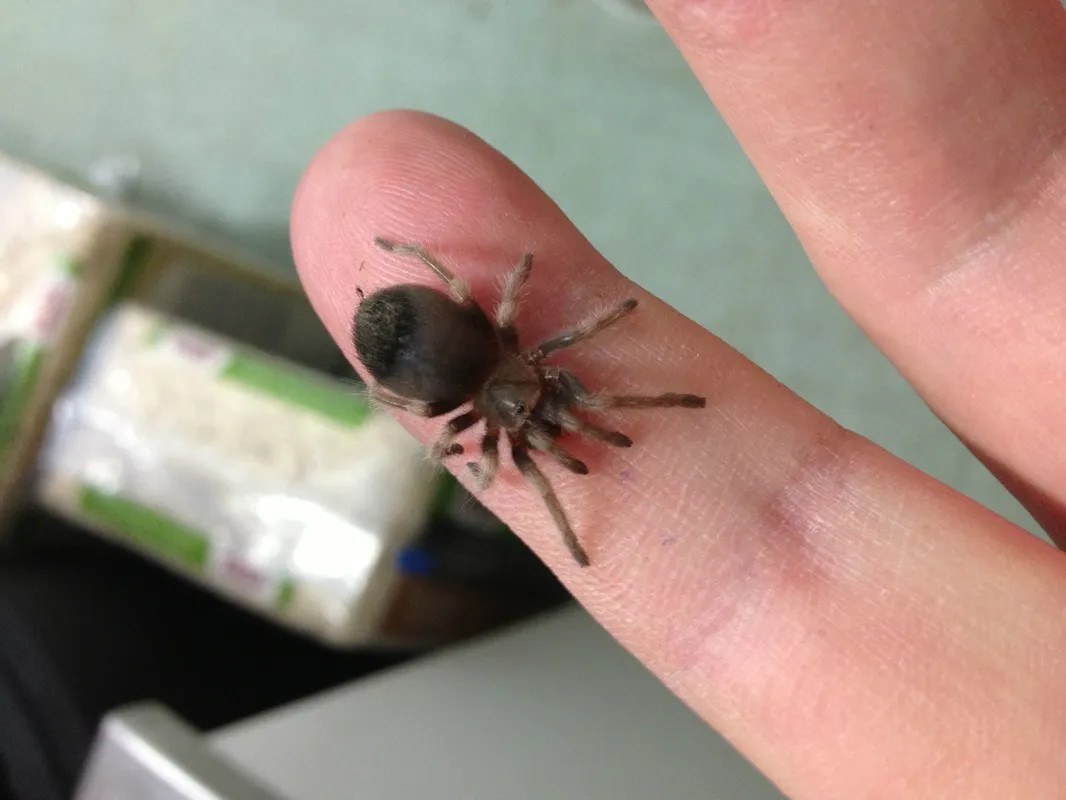
Tarantulas can be susceptible to various health issues, though they are relatively hardy. Preparing for potential medical costs is essential. These include injuries, parasites, and infections. Proper care and maintenance can mitigate some health risks, but it is essential to be prepared for potential veterinary expenses. Monitoring your tarantula’s behavior and appearance helps catch problems early. Know the signs.
Insurance for your Tarantula
Some insurance options may cover unexpected veterinary costs. While specific tarantula insurance is not always available, general exotic pet insurance might offer coverage. Researching insurance options can help mitigate financial risks associated with health issues. However, policies vary, so you should read the fine print. Check all the options.
In conclusion, the cost of a Mexican Red Knee Tarantula goes beyond the initial purchase price. Factoring in enclosure requirements, food, and potential veterinary care is essential for responsible ownership. By understanding these costs and planning accordingly, you can provide a healthy and enriching environment for your tarantula, ensuring a fulfilling experience for both you and your pet. Careful planning and budgeting ensure you’re prepared to handle these costs effectively.
